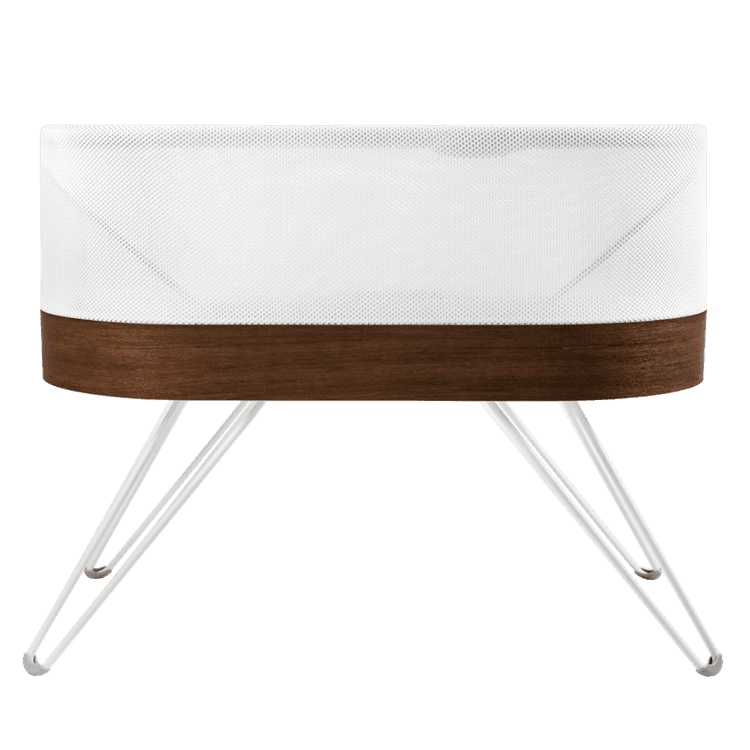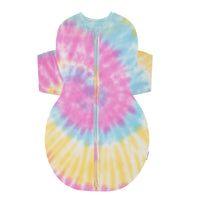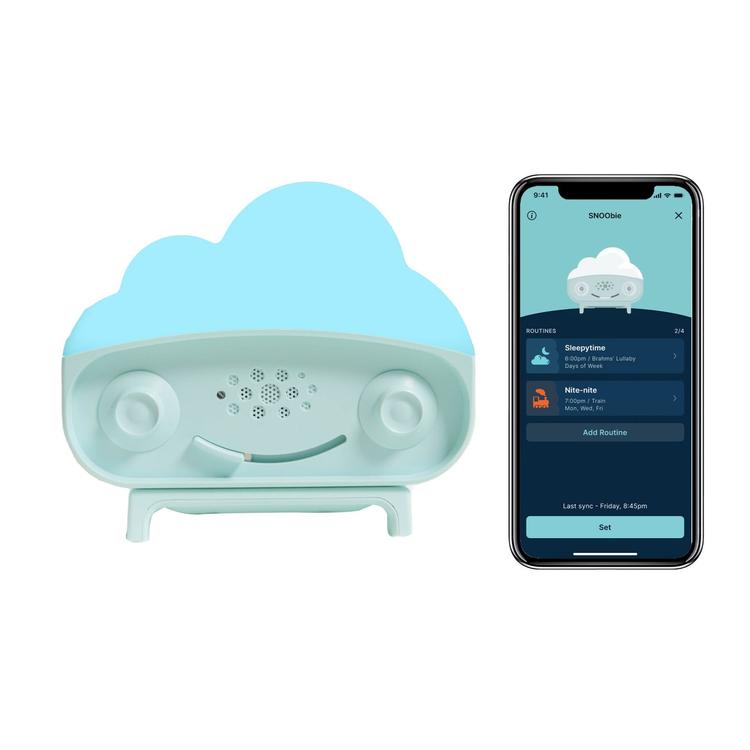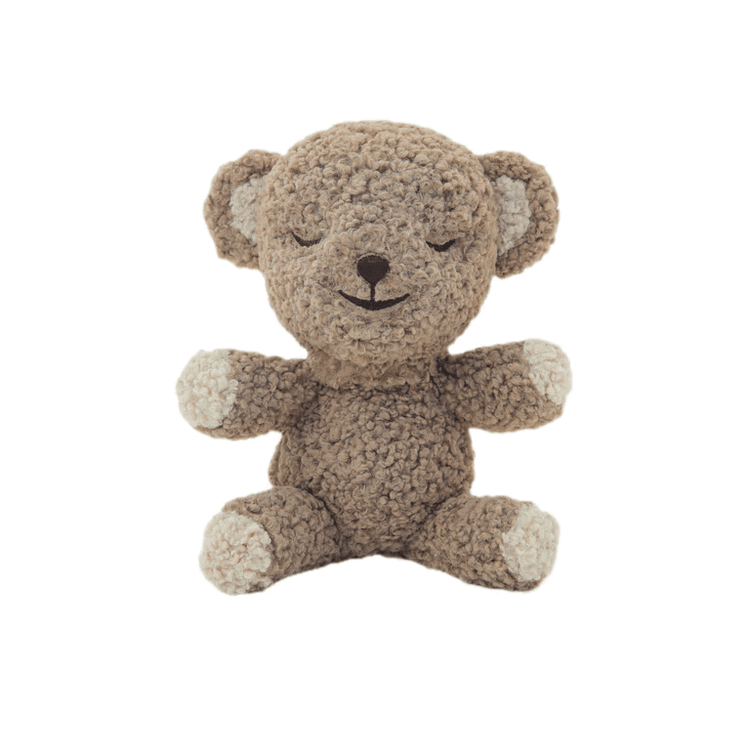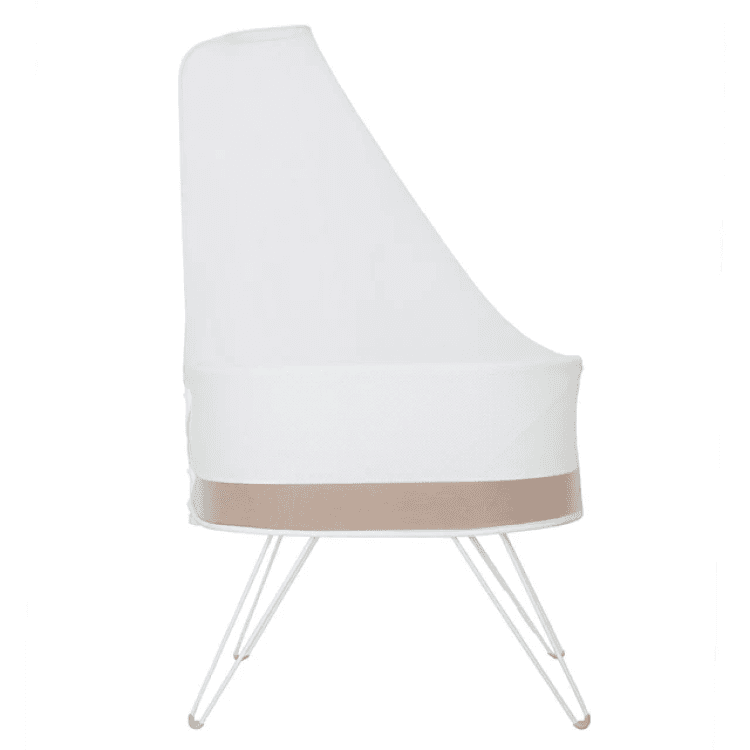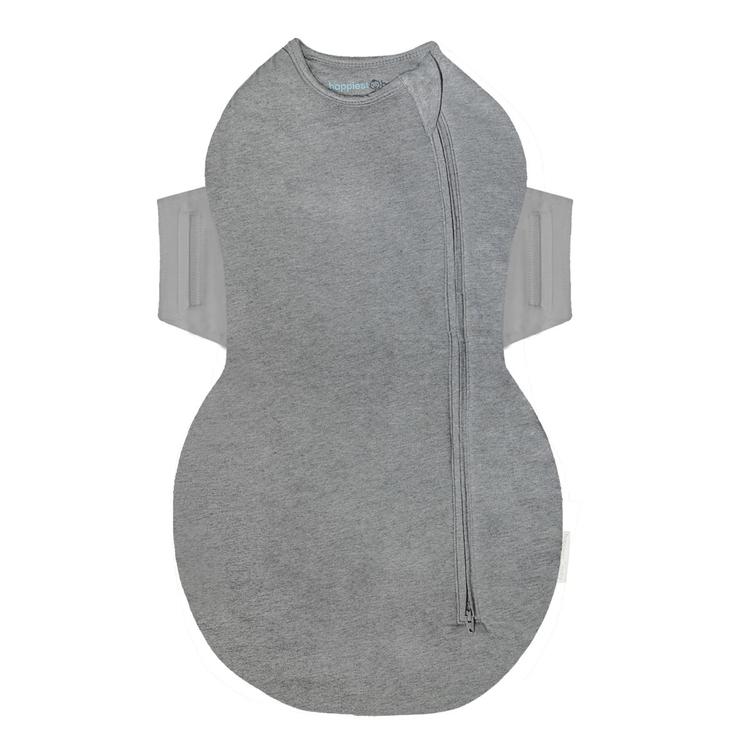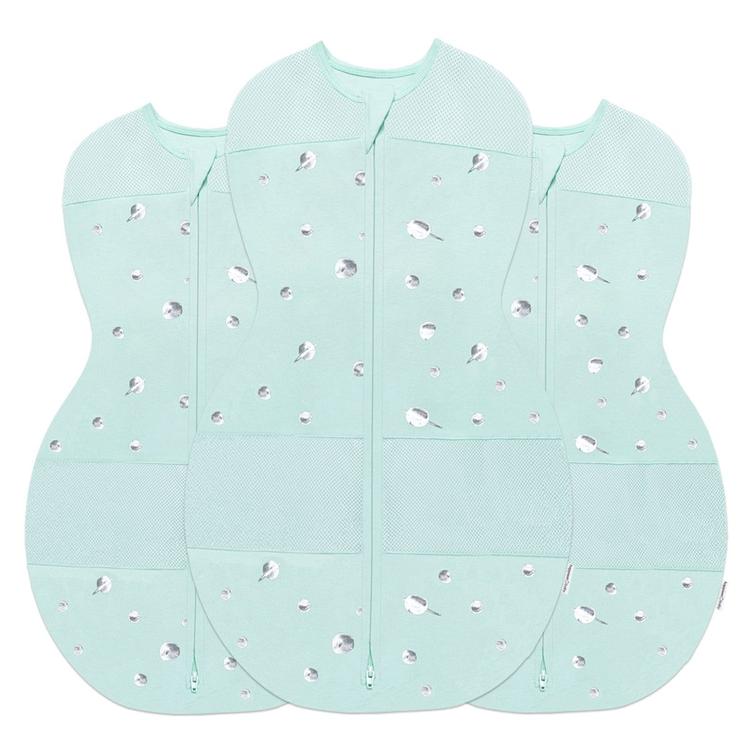PARENTS
How to Treat and Prevent Clogged Milk Ducts
The recommendations for treating blocked milk ducts have changed. Here is how to keep the milk flowing—and the ouchies away!
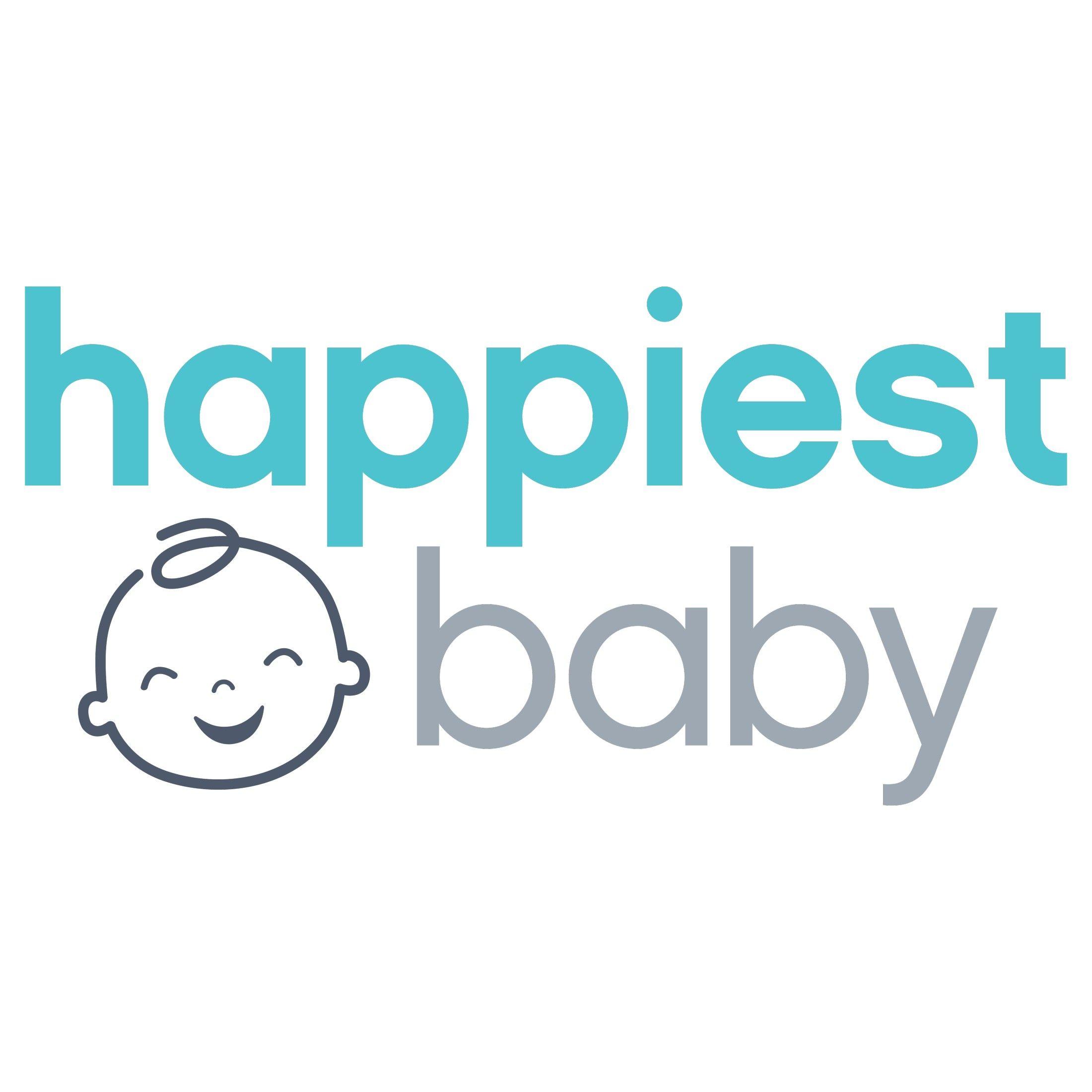
Written by
Happiest Baby Staff

Nearly half of all breastfeeding parents decided to stop nursing due to breastfeeding complications, such as clogged milk ducts, according to a 2022 survey. That is a real shame, especially since there are proven ways to not only treat clogged milk ducts, but to prevent getting clogged milk ducts in the first place. Learn everything you need to know about preventing and treating this very common breastfeeding hurdle.
What are milk ducts?
Hidden inside your breasts is a network of tube-like mammary ducts (aka milk ducts) designed to transport milk from your breast tissue to your nipples. While experts used to think that each breast contained between 15 and 20 milk ducts, recent research suggests that there are actually only about nine milk ducts in each breast doing all of the heavy lifting to ensure your baby gets the nutrients they need. And there is no correlation between the number (or size) of milk ducts in your breasts and milk you produce, according to the Journal of Anatomy.
What causes blocked ducts in breasts?
A blocked milk duct occurs when there is an obstruction either at the nipple or further along the ductal system. Contrary to popular belief, milk duct “clogs” are not due to stuck milk! Instead, the passageway becomes inflamed, which restricts milk flow. While you can get a blocked milk duct at any time on your breastfeeding journey due to factors like stress, fatigue, or anemia, that blocked ducts most often happen during your first six to eight weeks postpartum. That said, these are the :
SHARE THIS ARTICLE
PARENT PICKS
Bestsellers
